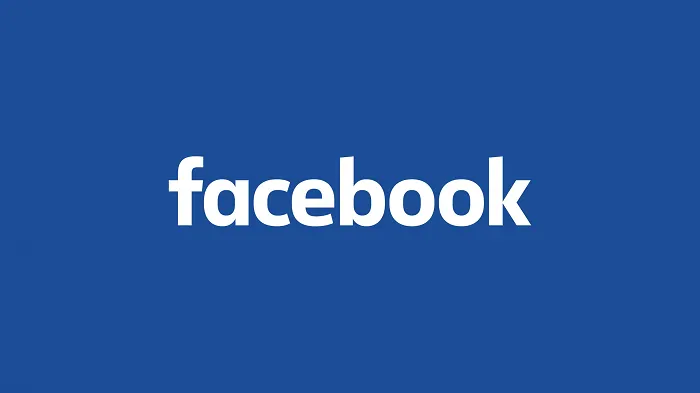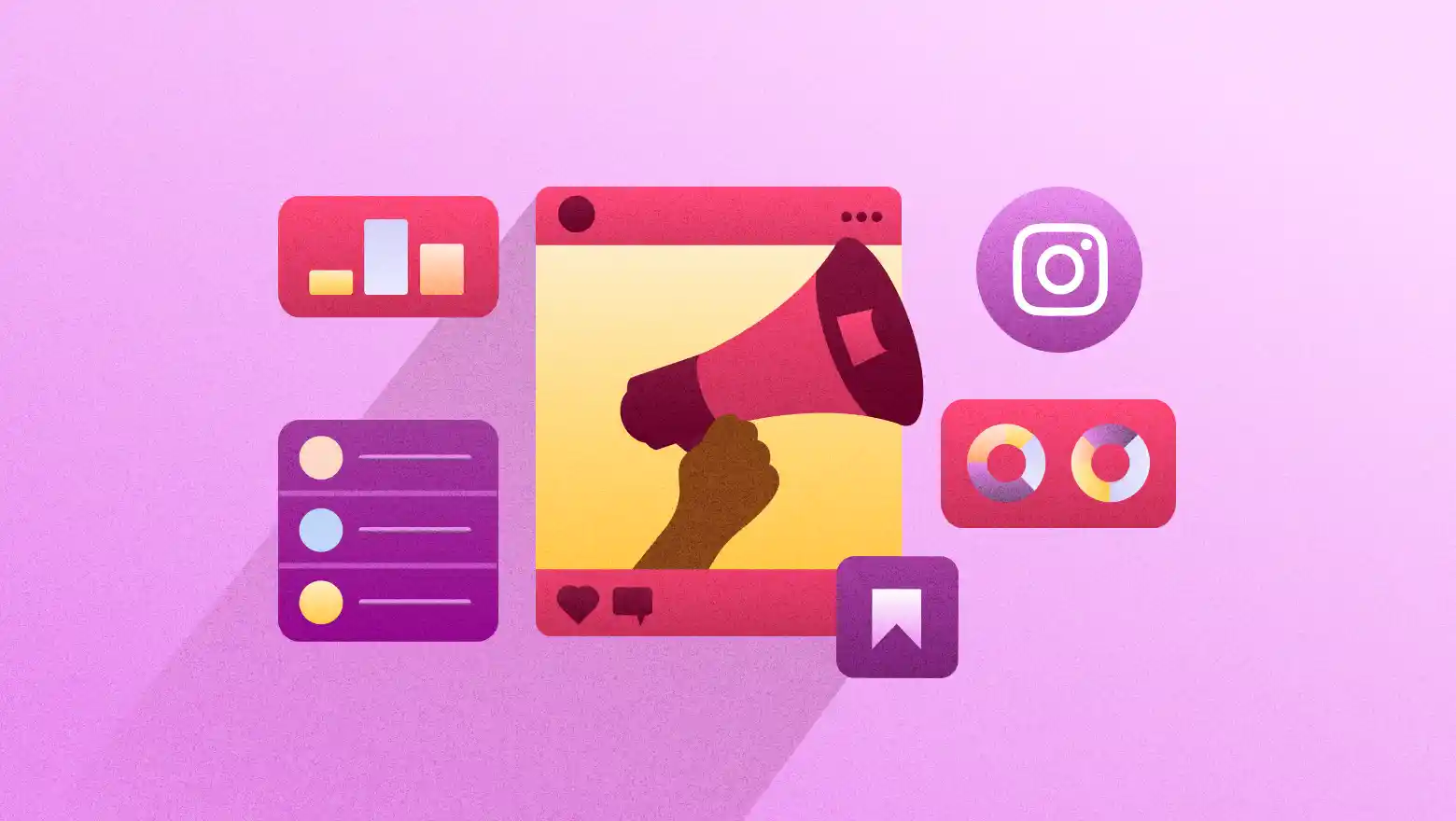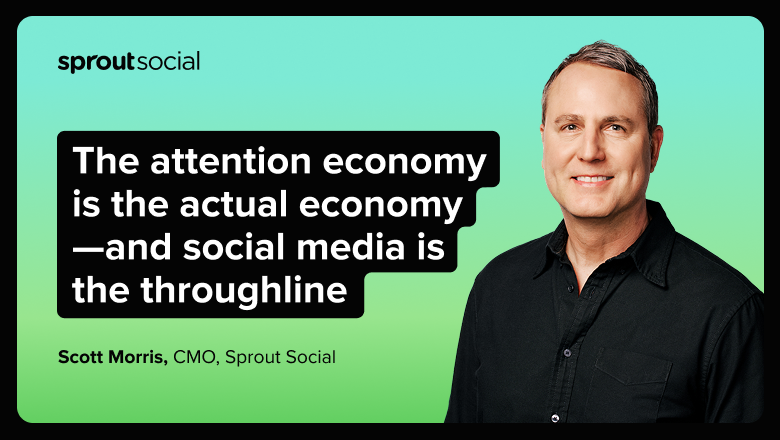Shaping the Future of LGBTQ+ Representation in Media and Communications
In celebration of Pride Month, PRSA’s DEI Committee hosted a timely and thought-provoking panel discussion titled “Shaping the Future of LGBTQ+ Representation in Media and Communications.” The June 17 conversation brought together three of the most influential voices in LGBTQ+ advocacy and communications: Rich Ferraro, chief communications officer at GLAAD; Kevin Wong, senior vice president […] The post Shaping the Future of LGBTQ+ Representation in Media and Communications first appeared on PRsay.

In celebration of Pride Month, PRSA’s DEI Committee hosted a timely and thought-provoking panel discussion titled “Shaping the Future of LGBTQ+ Representation in Media and Communications.”
The June 17 conversation brought together three of the most influential voices in LGBTQ+ advocacy and communications: Rich Ferraro, chief communications officer at GLAAD; Kevin Wong, senior vice president of marketing, communications, and content at The Trevor Project; and Dinean Robinson, senior director of communications and marketing at The Lesbian, Gay, Bisexual and Transgender Community Center. Stephen Chavez, CEO of ChavezPR, moderated the conversation.
Together, they explored how media and advocacy organizations are leading the charge in LGBTQ+ storytelling, the evolving role of public relations in shaping perceptions, and the importance of communications professionals as agents of visibility and truth.
“When we talk about representation, it has to be more than a hashtag in June,” said Chavez. “Communicators hold the power to move audiences, shape culture and make equity real. That is both an opportunity and a responsibility.”
The importance of cultural visibility
The session opened with a grounding reflection on the current media climate. According to GLAAD’s 2024 “Where We Are on TV” report, only 9.1% of regular characters on scripted primetime broadcast shows identify as LGBTQ+. This percentage does not reflect the 7.2% of U.S. adults who identify as LGBTQ+, nor the growing number of Gen Z adults, where nearly one in five identifies as part of the community (Gallup, 2023).
Ferraro emphasized the urgency of cultural visibility at a time when LGBTQ+ communities are facing both political attacks and misinformation campaigns.
“Representation in media is about safety and survival,” Ferraro shared. “When people see accurate and affirming portrayals of LGBTQ+ lives, it reduces stigma and changes hearts and minds. At GLAAD, we are not just tracking representation. We are holding media accountable and working with platforms to elevate inclusive narratives.”
The panelists discussed the difference between performative allyship and sustained support, a distinction that continues to challenge brands and institutions during Pride Month and beyond. “It’s not enough to change your logo,” said Dinean Robinson. “Our community is watching who shows up, how they show up and what happens when it’s no longer convenient. Allyship is a verb. It requires consistency, reflection and the willingness to evolve.”
Robinson also highlighted the importance of storytelling from within communities, noting that LGBTQ+ professionals of color often face the dual burden of visibility and invisibility. A 2022 PRWeek and CIPR State of the Profession report found that only 3% of PR professionals identify as LGBTQ+ people of color, underscoring the need for greater intersectional inclusion within the industry.
For Kevin Wong, messaging must be meaningful, strategic and impactful. At The Trevor Project, where the focus is on supporting LGBTQ+ youth mental health, language is a form of care.
“Every word carries weight when you are speaking to young people who may be struggling,” Wong said. “We must prioritize empathy, clarity and accessibility in everything we create. The power of a well-crafted message is enormous. It can literally be the difference between isolation and connection.”
He pointed to the organization’s 2024 National Survey on LGBTQ+ Youth Mental Health, which found that 41% of LGBTQ+ young people seriously considered suicide in the past year. Youth who had access to affirming spaces, supportive messaging and positive media representation were significantly less likely to report suicidal ideation.
The discussion also addressed how brands and agencies can create meaningful, measurable change from within. Panelists agreed that progress is only possible when organizations commit to listening, investing in diverse talent and applying inclusive practices year-round, not just during Pride.
The next steps in allyship
To conclude, the panel offered tangible guidance for professionals looking to take the next step in their allyship.
“Audit your language. Challenge your assumptions. Include LGBTQ+ perspectives in your brainstorms and strategy decks,” Ferraro advised. “If your team is not representative, bring in outside voices. No one can afford to get this wrong, especially now.”
“Find the courage to advocate even when it’s inconvenient,” added Robinson. “Especially in internal spaces where change often starts.”
Wong emphasized the role of compassion in every aspect of communication. “We are in an era of heightened noise, division and fear. But good communications can still cut through and connect. That’s where the work begins.”
This year’s Pride panel was a call to action for communicators to show up with intention and shape the future of LGBTQ+ representation through stories that reflect the full spectrum of humanity.
Interested in learning more? Visit www.prsa.org/diverse-dialogues to view upcoming sessions and access tools from PRSA’s DEI Committee.
Illustration credit: ds designer
The post Shaping the Future of LGBTQ+ Representation in Media and Communications first appeared on PRsay.










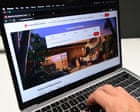





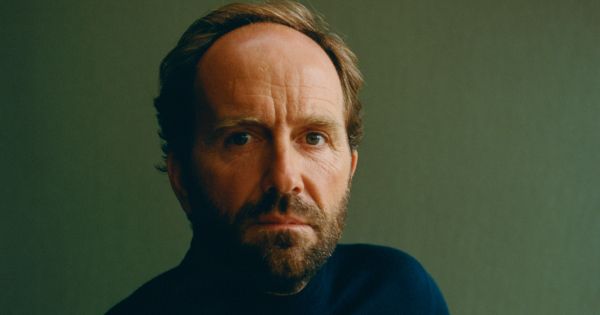

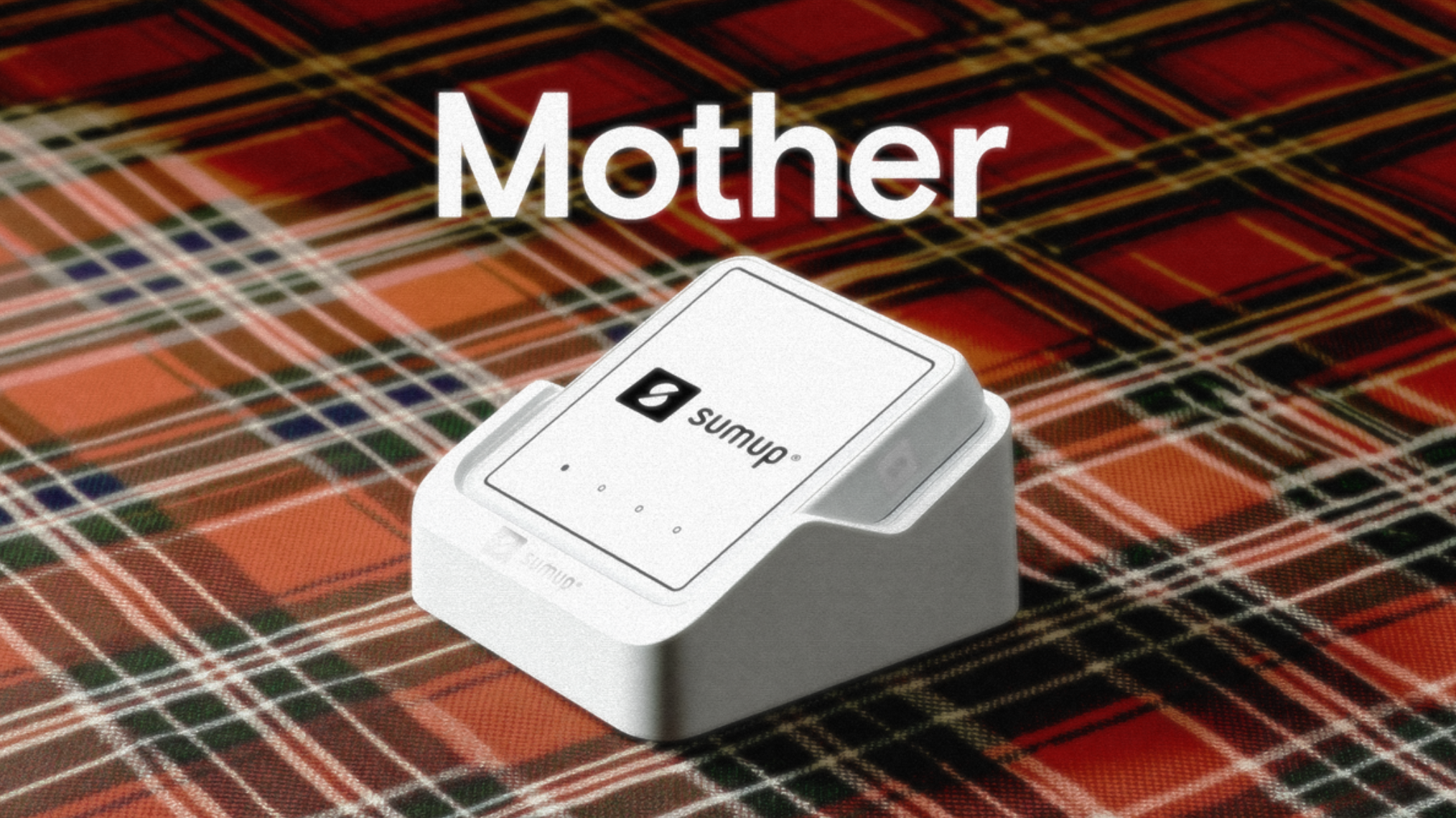







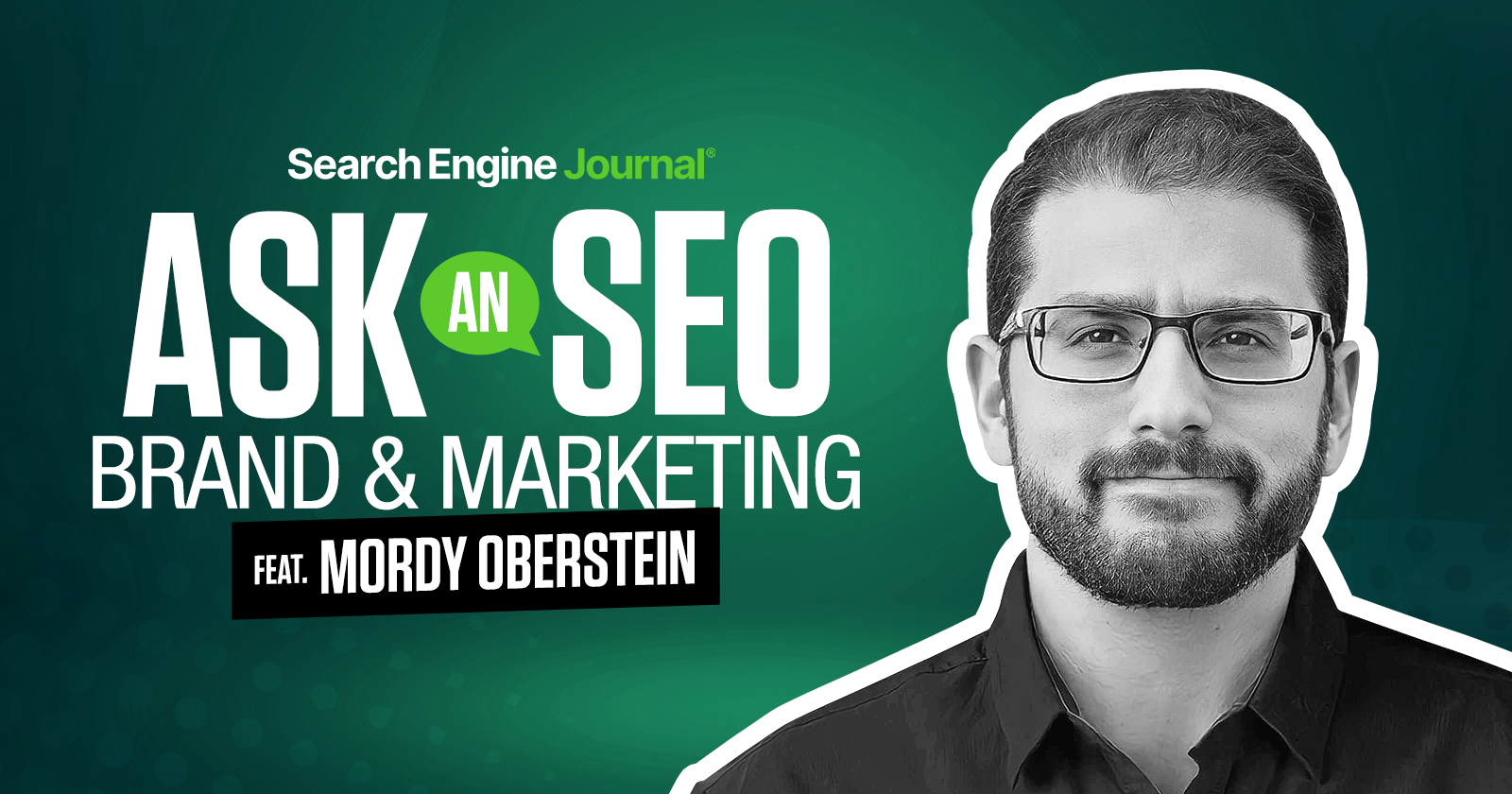

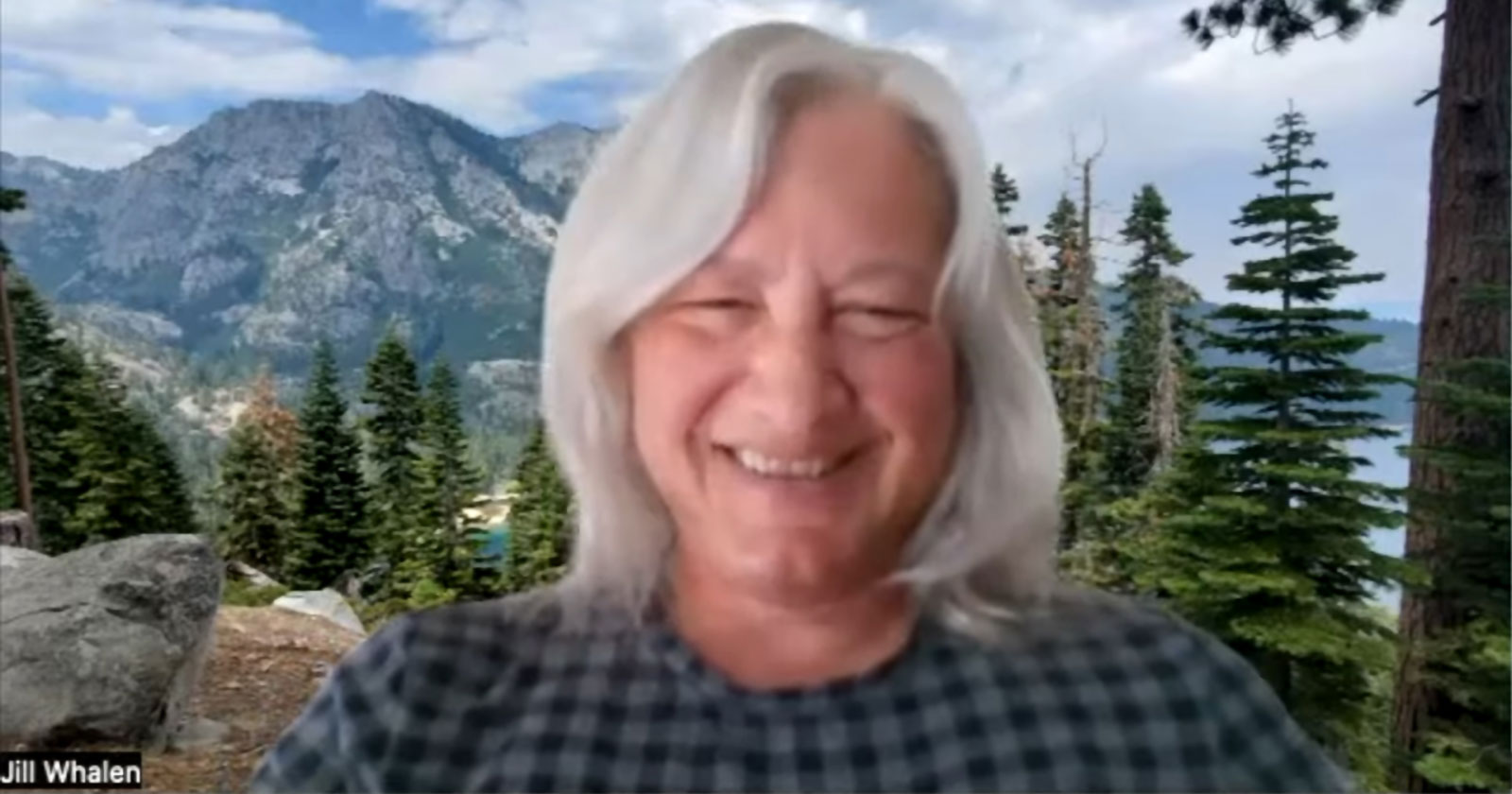
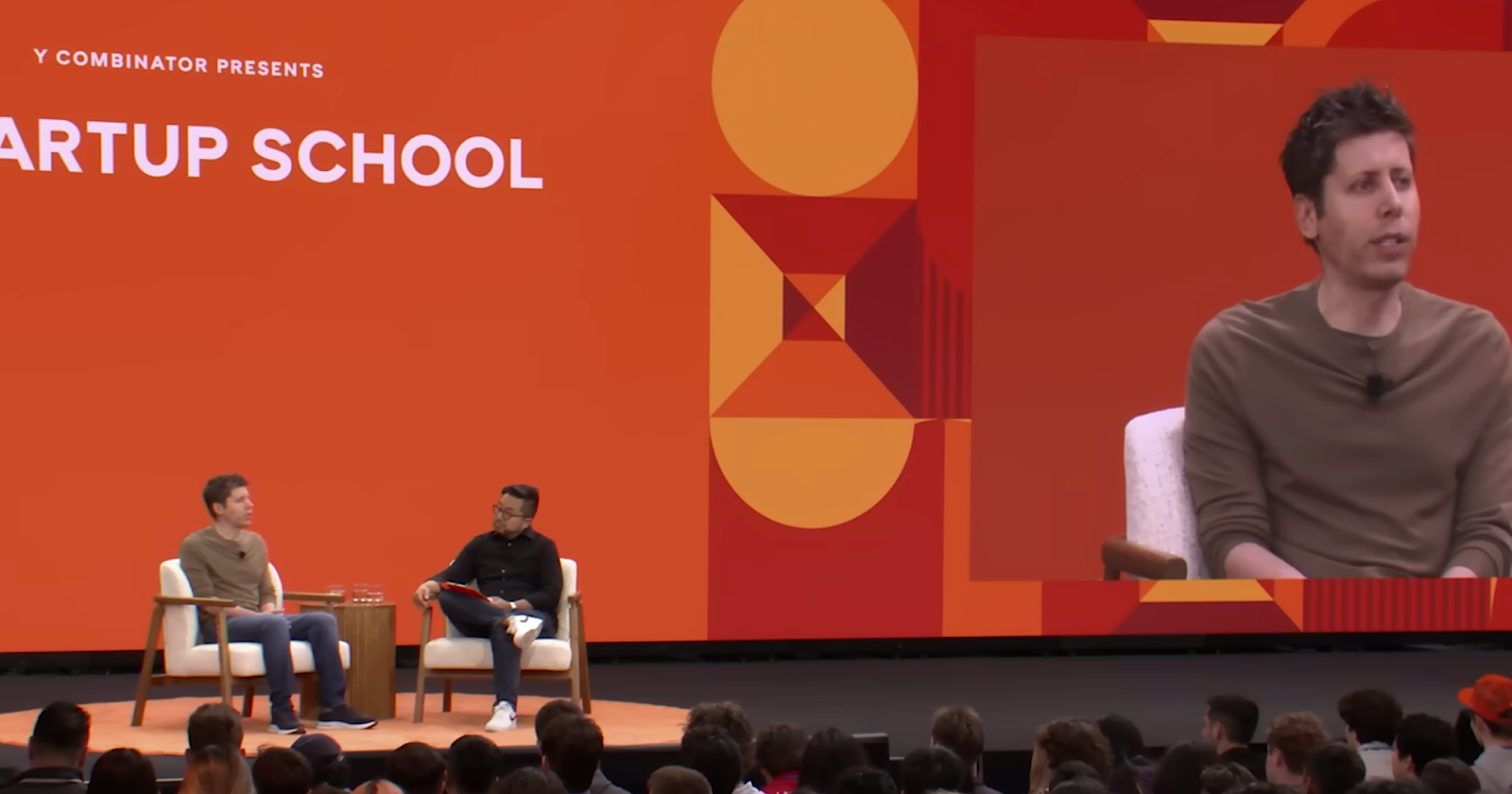






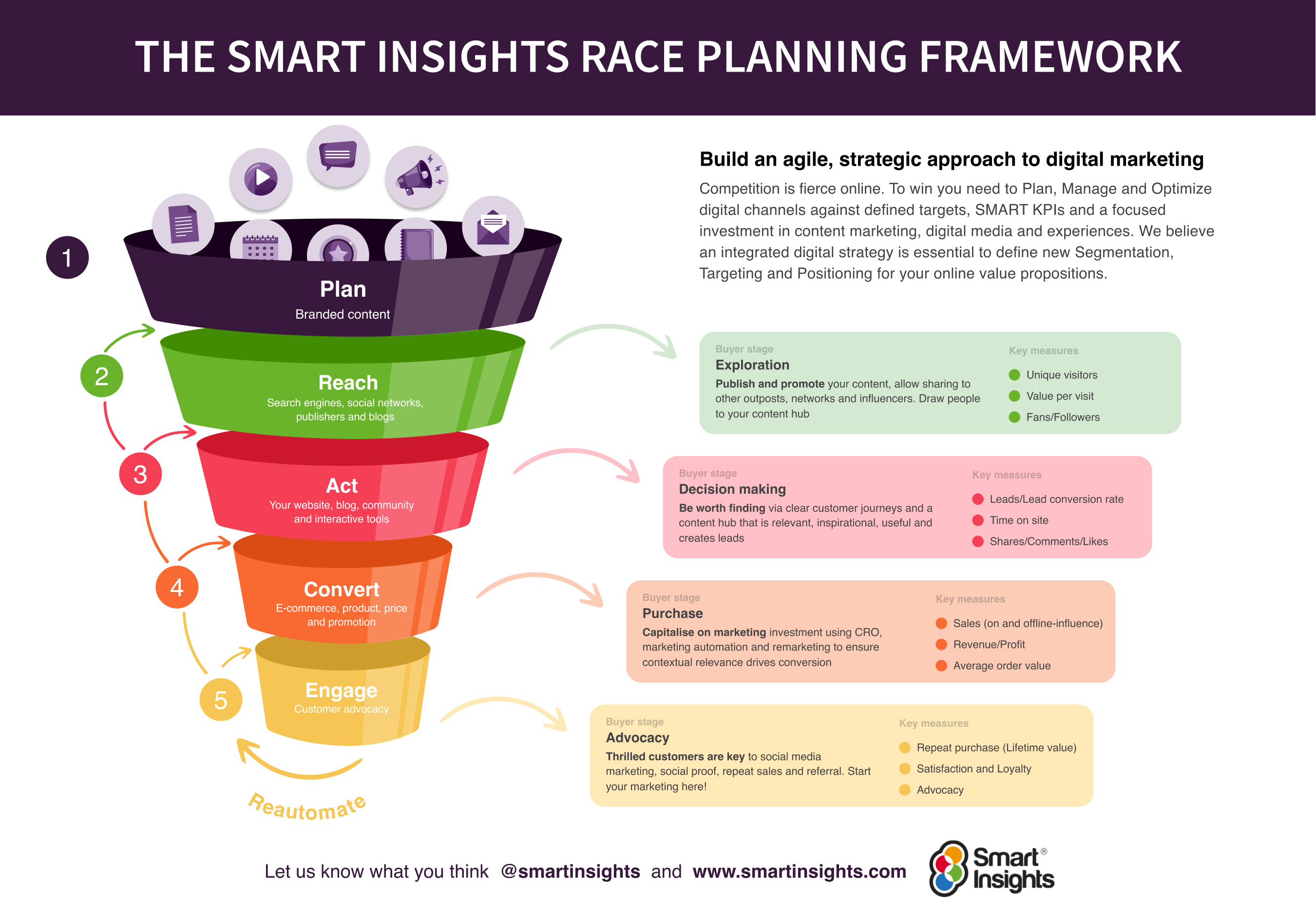














































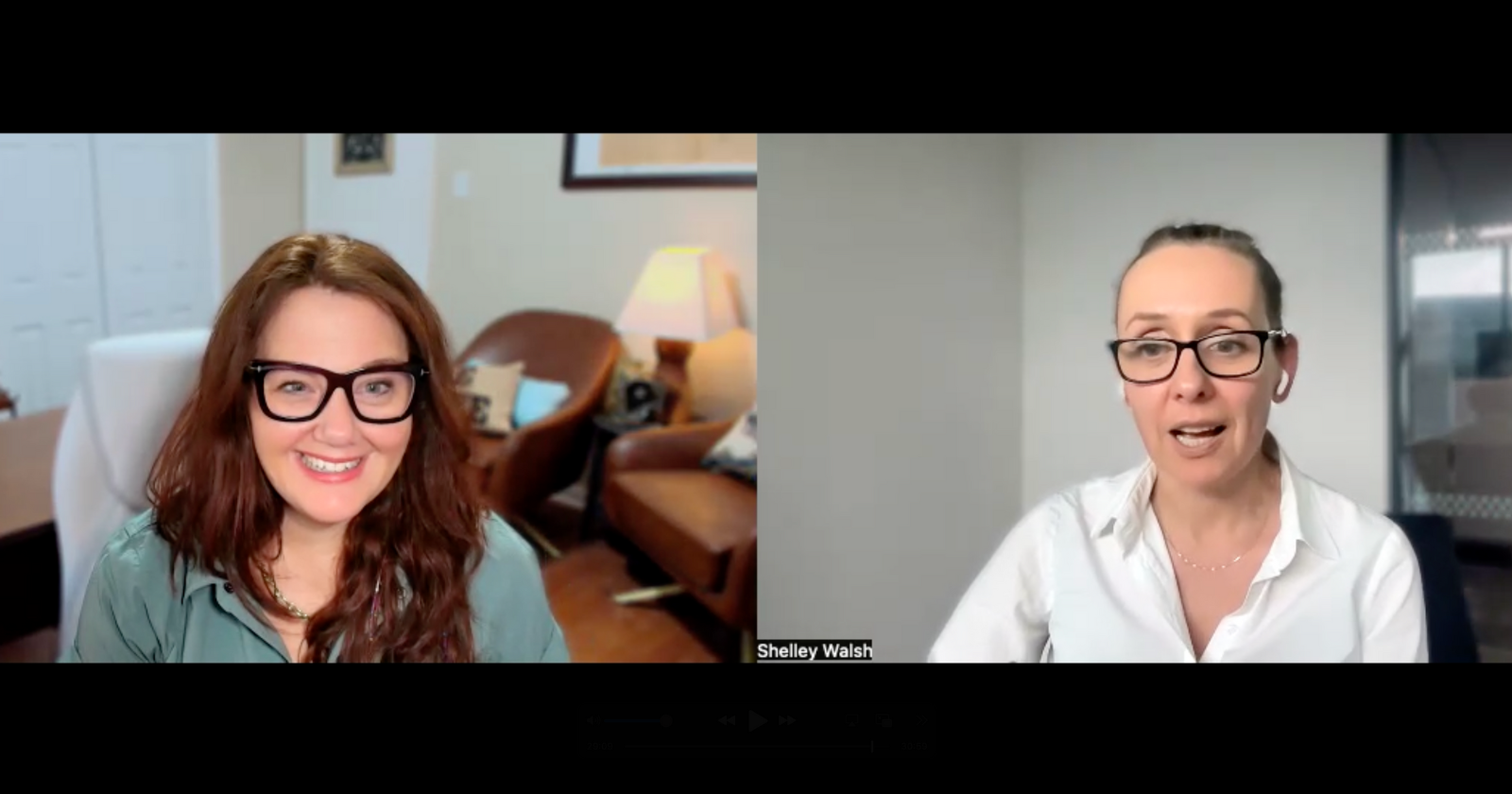



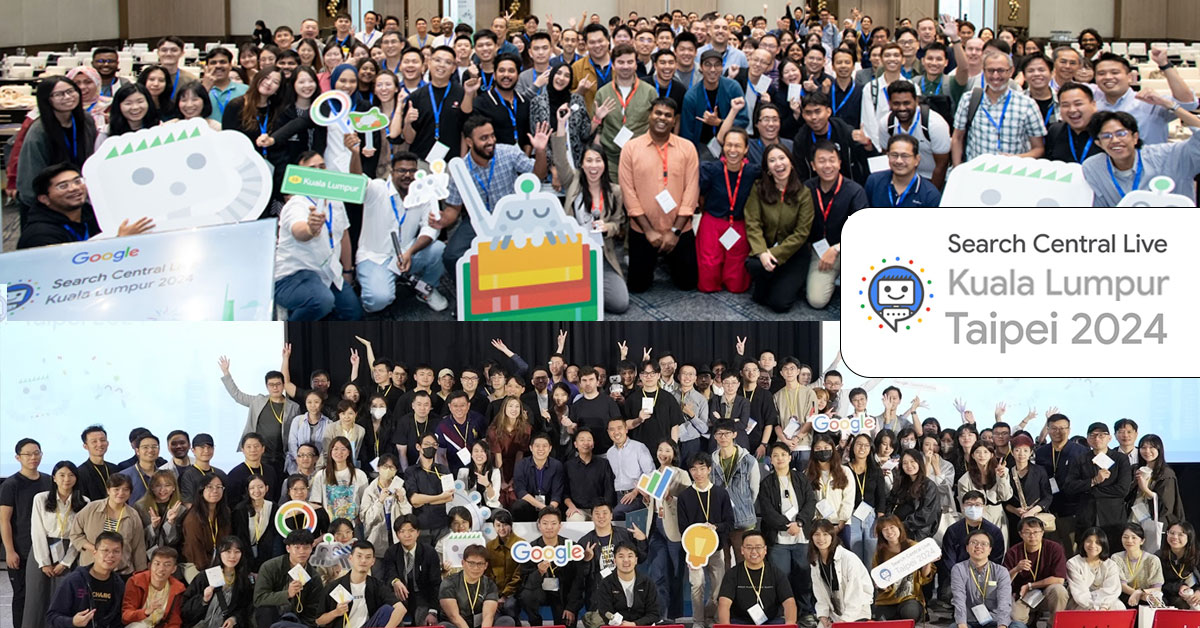

![Brand and SEO Sitting on a Tree: K-I-S-S-I-N-G [Mozcon 2025 Speaker Series]](https://moz.com/images/blog/banners/Mozcon2025_SpeakerBlogHeader_1180x400_LidiaInfante_London.png?auto=compress,format&fit=crop&dm=1749465874&s=56275e60eb1f4363767c42d318c4ef4a#)
![How To Build AI Tools To Automate Your SEO Workflows [MozCon 2025 Speaker Series]](https://moz.com/images/blog/banners/Mozcon2025_SpeakerBlogHeader_1180x400_Andrew_London-1.png?auto=compress,format&fit=crop&dm=1749642474&s=7897686f91f4e22a1f5191ea07414026#)
![How to Create an SEO Forecast [Free Template Included] — Whiteboard Friday](https://moz.com/images/blog/banners/WBF-SEOForecasting-Blog_Header.png?auto=compress,format&fit=crop&dm=1694010279&s=318ed1d453ed4f230e8e4b50ecee5417#)
![What Are Good Google Ads Benchmarks In 2025? [STUDY] via @sejournal, @brookeosmundson](https://www.searchenginejournal.com/wp-content/uploads/2025/06/benchmark-273.png)







![AI Content Is 4.7x Cheaper Than Human Content [+ New Research Report]](https://ahrefs.com/blog/wp-content/uploads/2025/06/ai-content-is-4.7x-cheaper-than-by-ryan-law-data-studies.jpg)







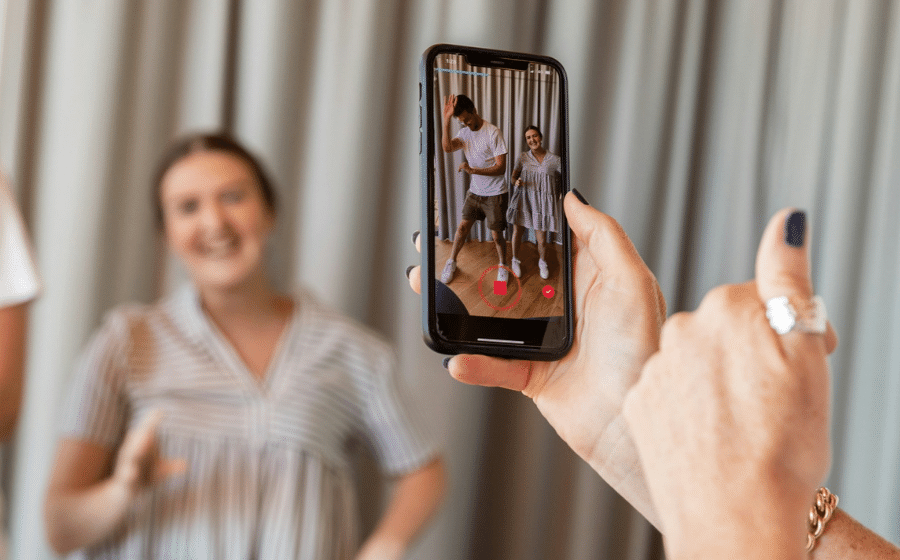














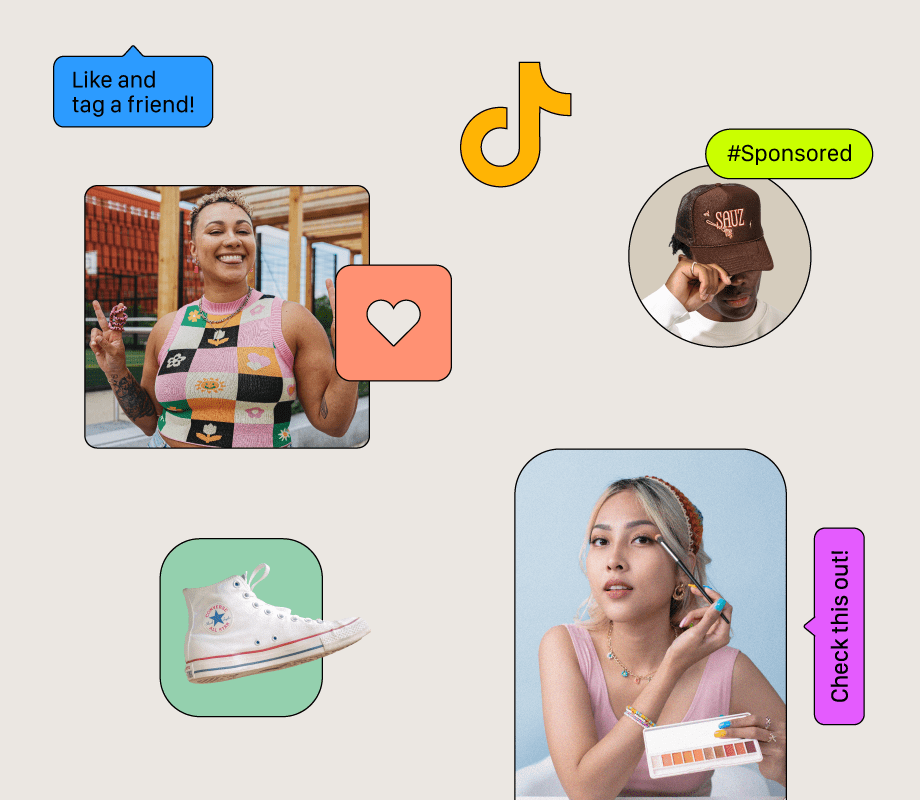










![Snapchat Shares Trend Insights for Marketers To Tap Into This Summer [Infographic]](https://imgproxy.divecdn.com/7LB56F586EcY82vl5r47Ba6f7RdKcHkNelnSgSe8Umc/g:ce/rs:fit:770:435/Z3M6Ly9kaXZlc2l0ZS1zdG9yYWdlL2RpdmVpbWFnZS9zbmFwX2tzYTIucG5n.webp)
